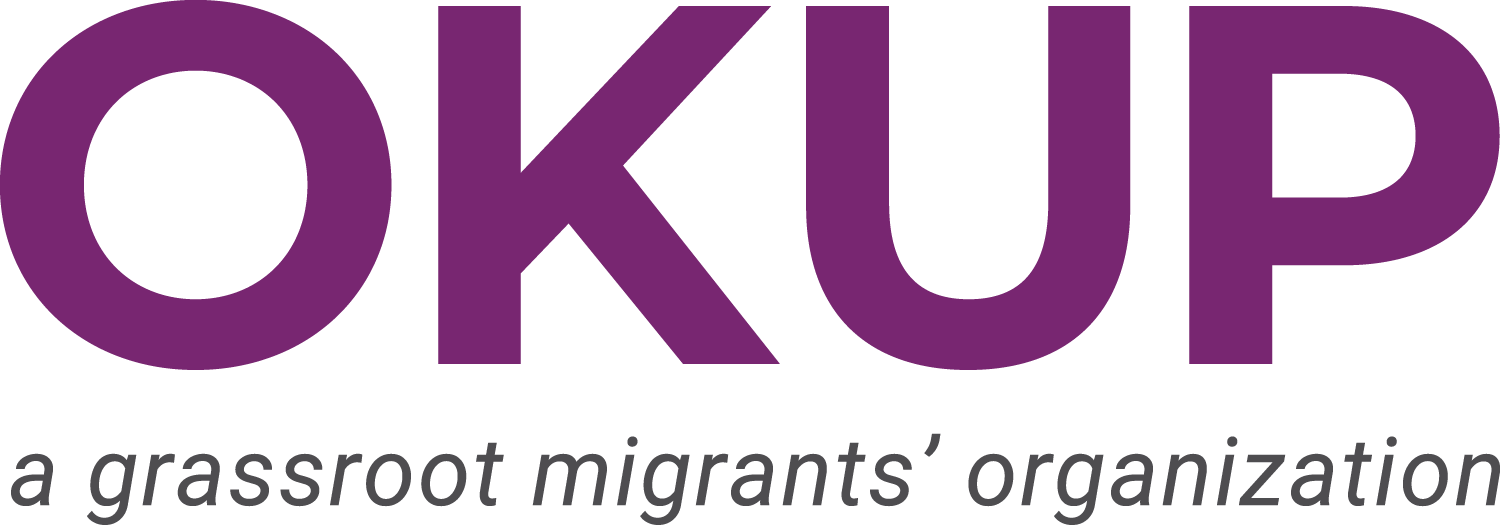These case studies demonstrate how workers in the forestry and related sectors may experience modern slavery and how deforestation can increase vulnerability to human trafficking. They focus on two provinces in Mozambique, Tete and Niassa, affected by deforestation as a result of illegal logging and construction respectively. Deforestation worsens climate change events and their negative effects on local communities. These communities are then driven to work in extractive and exploitative industries or to migrate in search of alternative livelihoods. Further exploration is needed of the mechanisms through which environmental degradation exacerbates poverty and, therefore, vulnerability to modern slavery in the logging industry. The report also recognises the link between consumer demand and deforestation and its negative impacts.
Resources
Filter
-
-
The joint submission to the United Nations Special Rapporteur on trafficking in persons, especially women and children, was compiled by the Commonwealth Human Rights Initiative, Vanuatu Human Rights Coalition and Homes of Hope Fiji. It recognises that the effects of climate change increase the risk of modern slavery in small island developing states, where modern slavery is already prevalent and the effects of climate change are particularly acute. The effects of climate change and the consequent displacement amplify vulnerability to modern slavery, with women and girls particularly at risk.
-
The joint submission to the United Nations Special Rapporteur on trafficking in persons, especially women and children, was compiled by the Commonwealth Human Rights Initiative, Vanuatu Human Rights Coalition and Homes of Hope Fiji. It recognises that the effects of climate change increase the risk of modern slavery in small island developing states, where modern slavery is already prevalent and the effects of climate change are particularly acute. The effects of climate change and the consequent displacement amplify vulnerability to modern slavery, with women and girls particularly at risk.
-
This document collects evidence on the link between climate change, migration and human trafficking. It notes that increased vulnerability to human trafficking as a result of distress migration in the context of climate change is still not sufficiently acknowledged. This situation contributes to communities remaining vulnerable. Desperation pushes some families and individuals to facilitate human traffickers' work to earn an income. Extractive businesses also play a role in worsening vulnerability to modern slavery. Evidence on the exposure of men and boys to human trafficking is lacking compared to that on women, and more research is needed on this overarching topic.
View detail about The Climate Change-Human Trafficking Nexus (India)
-
This document collects evidence on the link between climate change, migration and human trafficking. It notes that increased vulnerability to human trafficking as a result of distress migration in the context of climate change is still not sufficiently acknowledged. This situation contributes to communities remaining vulnerable. Desperation pushes some families and individuals to facilitate human traffickers' work to earn an income. Extractive businesses also play a role in worsening vulnerability to modern slavery. Evidence on the exposure of men and boys to human trafficking is lacking compared to that on women, and more research is needed on this overarching topic.
View detail about The Climate Change-Human Trafficking Nexus (Cambodia)
-
This paper focuses on two Indian regions, one affected by slow-onset events and one by rapid-onset events, where different factors influence households' decision to migrate and their needs throughout their migration journey. Distress migration increases vulnerability to human trafficking and forced labour. Migrants from the slow-onset context were more vulnerable to human trafficking compared to those from the rapid-onset context. This may be because areas affected by slow-onset events do not receive the same level of support and relief as those affected by rapid-onset events.
-
This document collects evidence on the link between climate change, migration and human trafficking. It notes that increased vulnerability to human trafficking as a result of distress migration in the context of climate change is still not sufficiently acknowledged. This situation contributes to communities remaining vulnerable. Desperation pushes some families and individuals to facilitate human traffickers' work to earn an income. Extractive businesses also play a role in worsening vulnerability to modern slavery. Evidence on the exposure of men and boys to human trafficking is lacking compared to that on women, and more research is needed on this overarching topic.
View detail about The Climate Change-Human Trafficking Nexus
-
This source demonstrates how climate change heightens vulnerability to human trafficking, using examples from the Philippines, Bangladesh, the Caribbean Islands and Ghana. It notes that no systematic global analysis has been conducted to assess the impact of climate change on human trafficking.
View detail about Global Report on Trafficking in Persons (Ghana)
-
This source demonstrates how climate change heightens vulnerability to human trafficking, using examples from the Philippines, Bangladesh, the Caribbean Islands and Ghana. It notes that no systematic global analysis has been conducted to assess the impact of climate change on human trafficking.
View detail about Global Report on Trafficking in Persons (Bangladesh)
-
This source demonstrates how climate change heightens vulnerability to human trafficking, using examples from the Philippines, Bangladesh, the Caribbean Islands and Ghana. It notes that no systematic global analysis has been conducted to assess the impact of climate change on human trafficking.
View detail about Global Report on Trafficking in Persons (Philippines)


